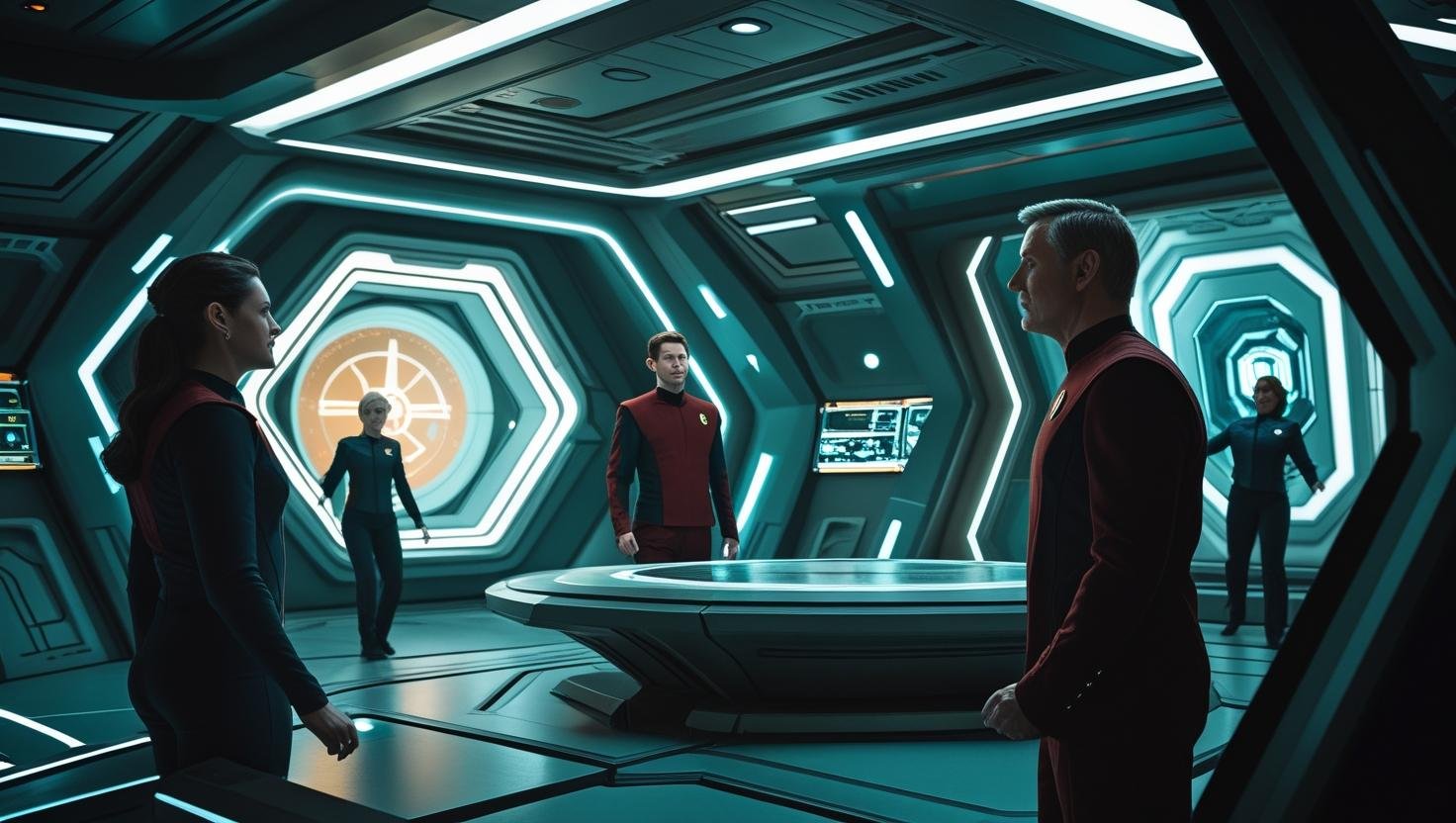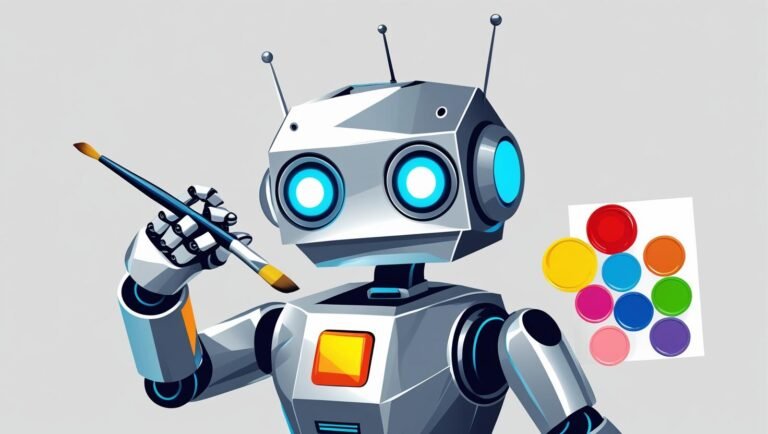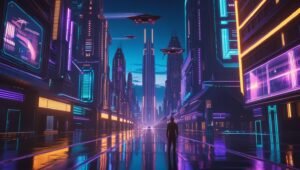First introduced in Star Trek: The Next Generation, the holodeck was a marvel—an immersive environment where crew members trained, explored, and even vacationed in fully simulated realities indistinguishable from the real world. But today, that once-fantastical vision may not be so far beyond our reach. Thanks to breakthroughs in virtual reality, spatial computing, and haptics, we may be edging closer to holodeck-style experiences than ever imagined.
So, how close are we really?
1. 🎮 Virtual Reality: The Core of the Holodeck Experience
Modern VR headsets are already offering visually immersive environments that mirror the holodeck’s basic premise. Devices like the Valve Index, Meta Quest 3, and Apple Vision Pro allow users to step inside digitally rendered worlds that respond to their movements in real-time. Add to that increasingly photorealistic environments powered by Unreal Engine 5 or NVIDIA’s Omniverse, and we’re looking at the foundation of holodeck-like immersion.
The key is presence—making your brain believe you’re somewhere else. And VR is getting better at fooling us every year.
2. 🧤 Full-Body Haptics & Sensory Feedback
While VR covers sight and sound, holodeck realism hinges on touch. That’s where full-body haptics come in. Companies like Teslasuit and bHaptics are developing suits and gear that simulate pressure, temperature, and even pain responses. Imagine feeling the tap of virtual rain or the recoil of a weapon—these sensations bring us one step closer to Starfleet-level simulations.
- Teslasuit: Captures motion and delivers muscle-stimulating feedback for both physical training and immersive play.
- HaptX Gloves: Provide realistic touch by using microfluidic actuators that mimic skin deformation.
3. 🧠 AI-Driven Environments & NPCs
The holodeck wasn’t just a static space—it responded to voice commands and populated itself with autonomous, intelligent characters. Thanks to generative AI and large language models, that’s now achievable. Tools like NVIDIA ACE, Inworld, and Character.AI are powering lifelike, reactive NPCs who can hold conversations, adapt to player behavior, and generate stories in real time.
Combine these AI agents with an immersive world, and you’ve got more than a game—you’ve got a dynamic simulation.
4. 🏗️ Spatial Mapping & Room-Scale Environments
Unlike VR, where users are often tethered to a small space, future holodecks will require full-room or even warehouse-scale tracking. Solutions like OptiTrack and lidar-based systems from companies like Niantic are enabling large-scale spatial tracking. In some arenas, mixed-reality experiences like Sandbox VR and Zero Latency VR offer full-body roaming in mapped environments, where multiple users interact and navigate freely.
5. 🖨️ Physical Props, Robotics & Projection Tech
True holodecks included physical interactions—sitting at a café table or holding a newspaper. To replicate that, developers are merging projection tech with robotics and adaptive environments. MIT’s Tangible Media Group has explored shape-shifting surfaces, while researchers are experimenting with drones as dynamic props, adjusting in mid-air to match virtual simulations.
HoloLens and Magic Leap also enable spatial anchors—so virtual objects align perfectly with real-world coordinates, unlocking hybrid interaction potential.
So, Are We There Yet?
Not quite—but we’re closer than ever.
A true Star Trek-style holodeck would require seamless integration of ultra-realistic visuals, full-body haptics, unrestricted movement, intelligent AI, and physical feedback systems. We’re building these components individually, and the convergence is already happening in R&D labs, entertainment venues, and enterprise simulations.
What we lack is the holodeck’s effortless cohesion—and perhaps the energy efficiency of fictional matter/energy conversion. But given the pace of innovation, especially with AI, spatial computing, and next-gen interfaces, it’s not unreasonable to think we’ll see working prototypes of “holodeck-lite” systems in the next 10–15 years.
Final Frontier Thoughts
The holodeck was once a symbol of unreachable sci-fi imagination. Now, it’s a north star for technologists, creators, and dreamers. As these technologies continue to evolve and converge, we may not just watch sci-fi stories—we may live in them.









